When you have a DC load such as a LED on the buffer output, it consumes current.
The buffer is not an ideal voltage source with infinite current, so therefore the more current is drawn, the more the output voltage differs from ideal, because the driver output has some output impedance, so power is lost to heat in the output transistors.
So the output current is the value how much current you can draw from output while the voltage still being within guaranteed voltage values.
Why the other has min and the othet has max rating may be an error, or relate to the current direction having a sign. Usually the outputs are guaranteed to pass at least a rated amount of current with some rated voltage.
The clamping currents do not relate to buffer outputs, but when you externally push voltage outside limits and force current in or out so it goes through the protection circuitry.
That's why they are the maximum current separately for clamping and buffer output.



